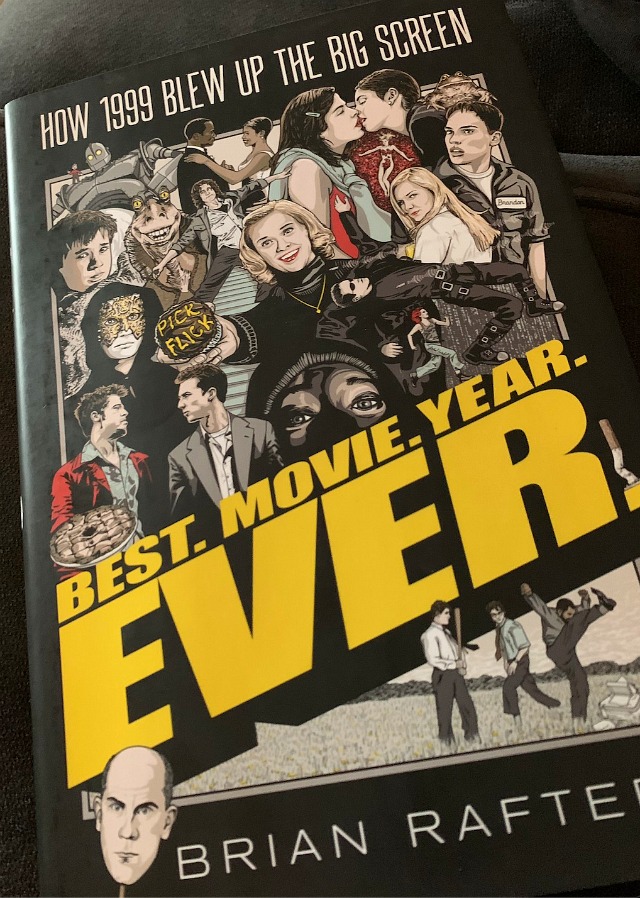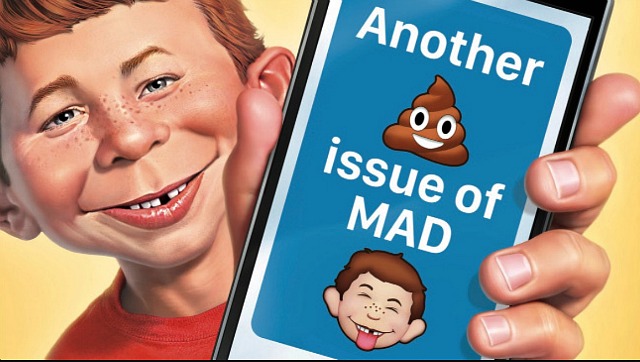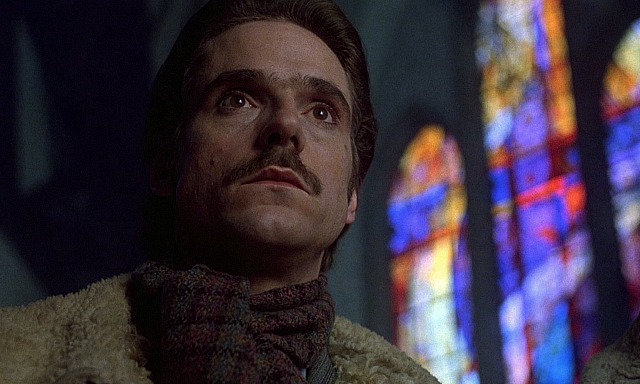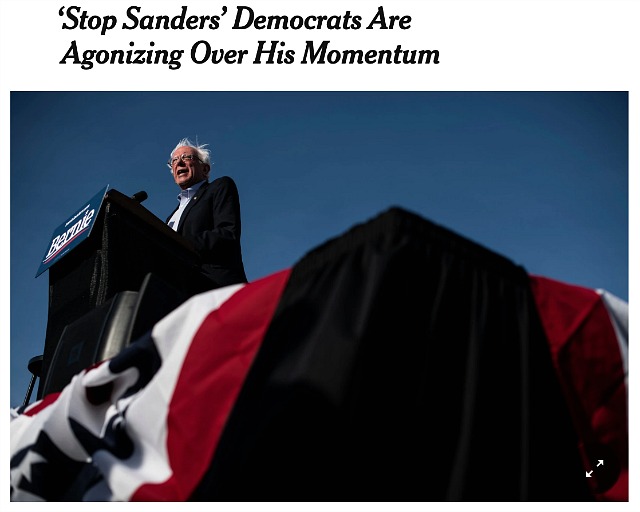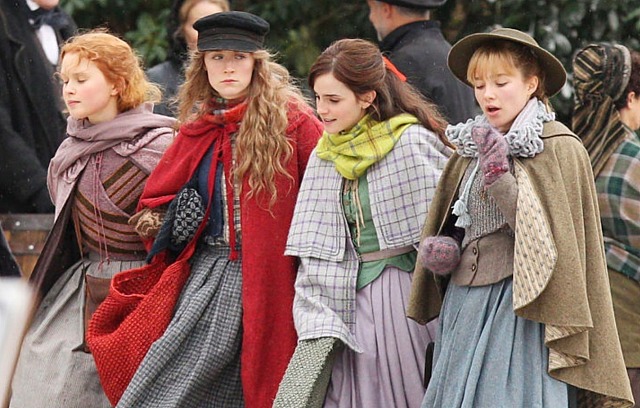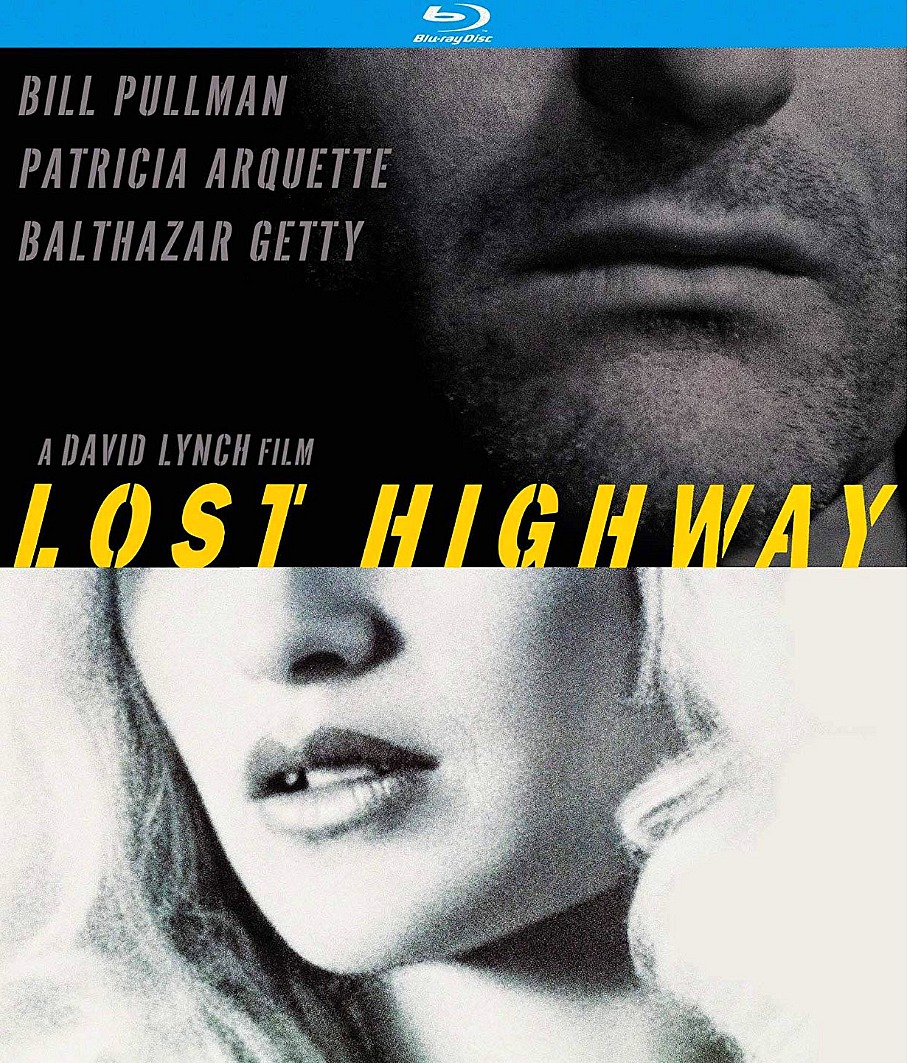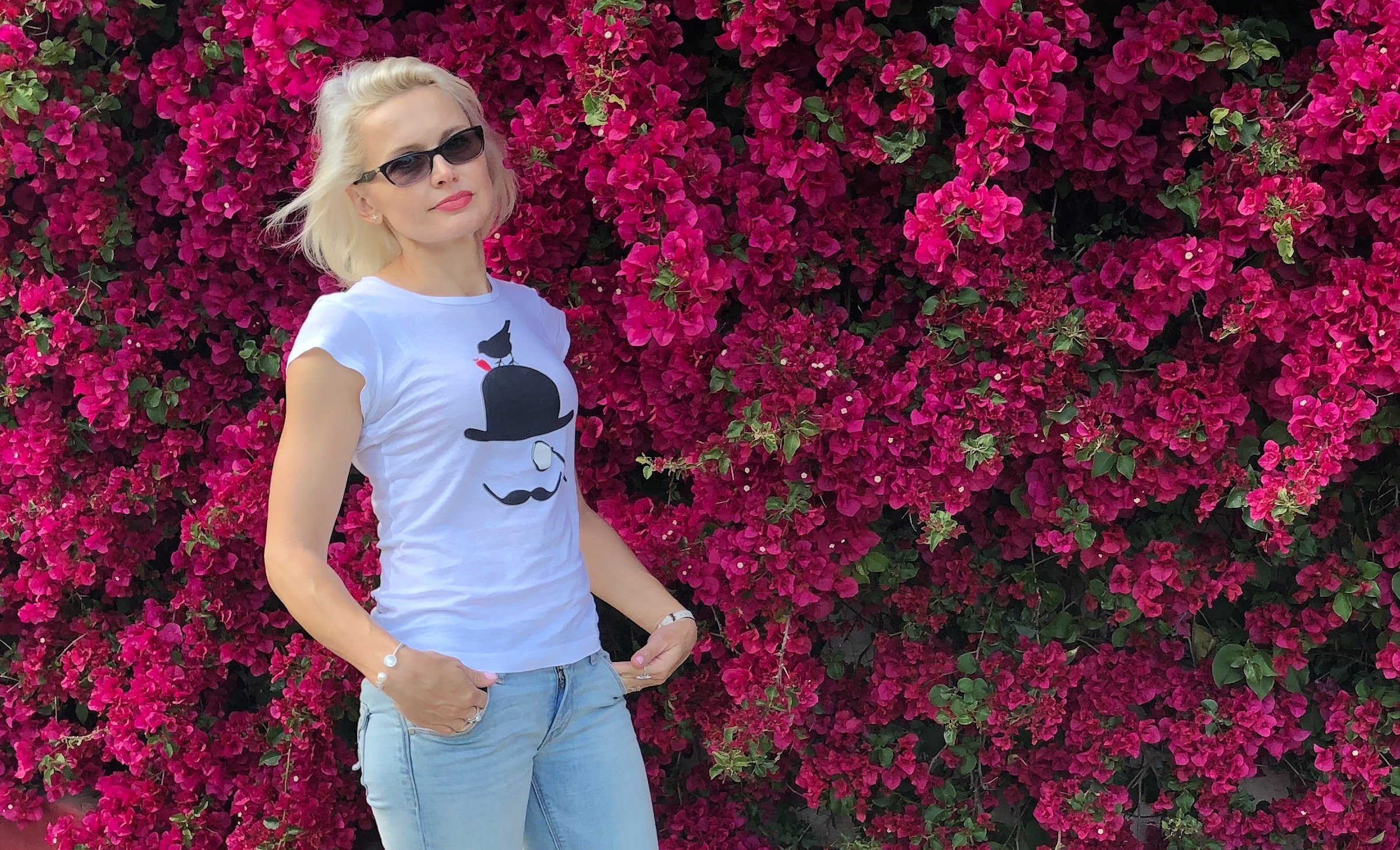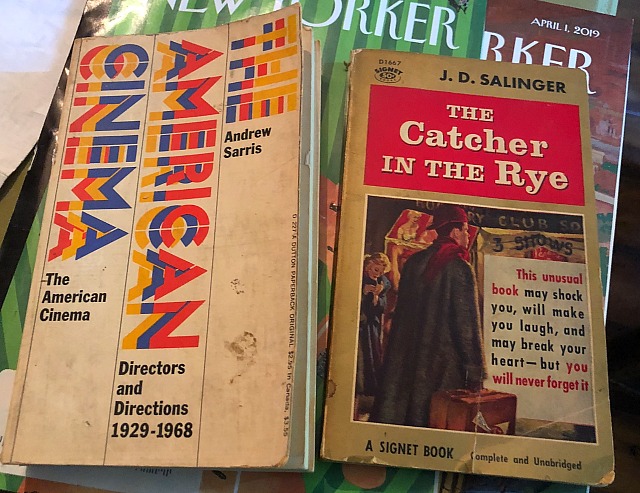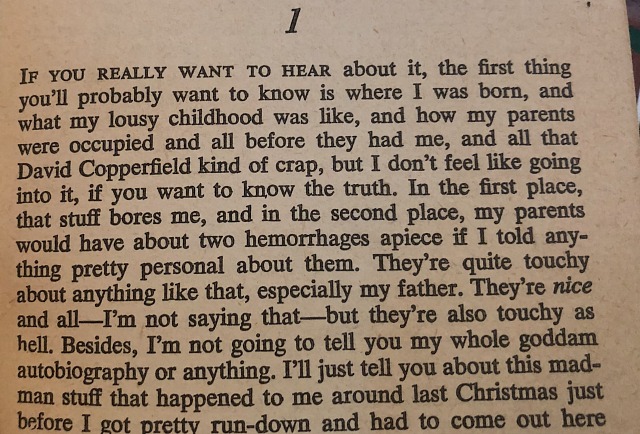Four years ago I made a case for 1971 being one of the best movie years of all time. In June ’07 I presented a similar argument for 1962, which is easily at par with 1939. One could make an equally strong case for 2007. All to say that 1999 films, great and nourishing as they always will be, have been a tad overhyped over the last decade or so.
Brian Raftery‘s “Best. Movie. Year. Ever.: How 1999 Blew Up the Big Screen” (which went on sale two days ago) is the latest example of this.
My 1999 roster — Election, The Matrix, Fight Club, American Beauty, The Limey, The Sixth Sense, Magnolia, The Straight Story, The Cradle Will Rock, Run Lola Run, Any Given Sunday, The Hurricane, Three Kings, The Insider, Being John Malkovich, The Thin Red Line, Eyes Wide Shut, The Blair Witch Project, October Sky, Abrej Los Ojos and The Lovers on the Bridge — comes to 21, which is obviously stellar and significant.
But there are 25 films on my 2007 list — American Gangster, Before The Devil Knows You’re Dead, No Country for Old Men, Once, Superbad, Michael Clayton, There Will Be Blood, Things We Lost in the Fire, Zodiac, The Assassination of Jesse James by the Coward Robert Ford, Atonement, 4 Months, 3 Weeks, 2 Days, I’m Not There, Sicko, Eastern Promises, The Bourne Ultimatum, Control, The Orphanage, 28 Weeks Later, In The Valley of Elah, Ratatouille, Charlie Wilson’s War, The Darjeeling Limited, Knocked Up and Sweeney Todd. Just as strong as ’99, and perhaps a touch better.
